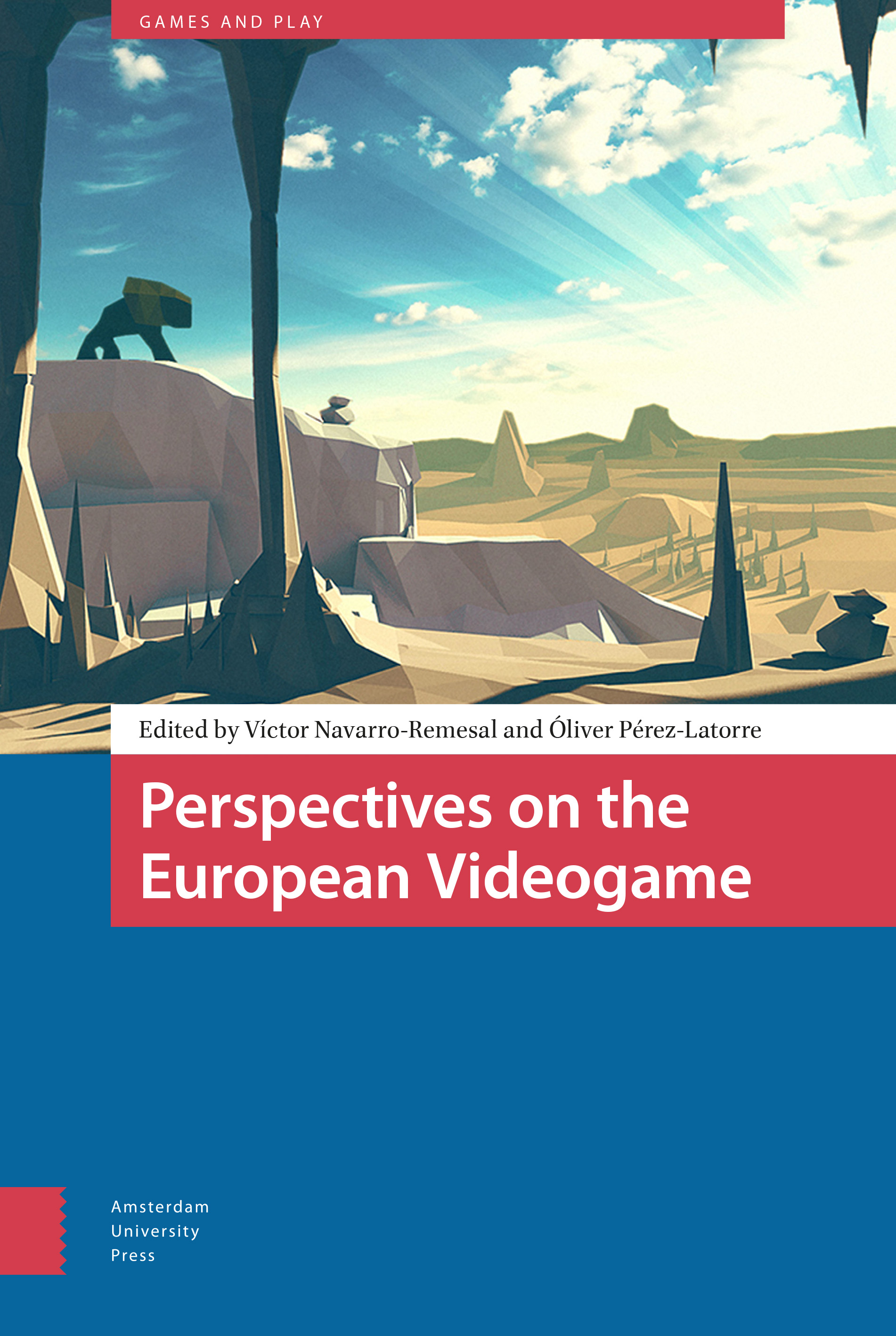Book contents
- Frontmatter
- Table of Contents
- Prologue Conflict, Negotiation, Appropriation, and Diversity: The Challenge of European Game Studies
- Introduction Euro Ludens: On the Origins, Playing Region, and Imaginaries of the European Videogame
- Part I National Stories
- Part II Transnational Approaches
- Conclusions (for now) European Videogames, Europeanness in Videogames
- Index
Conclusions (for now) - European Videogames, Europeanness in Videogames
Published online by Cambridge University Press: 16 December 2021
- Frontmatter
- Table of Contents
- Prologue Conflict, Negotiation, Appropriation, and Diversity: The Challenge of European Game Studies
- Introduction Euro Ludens: On the Origins, Playing Region, and Imaginaries of the European Videogame
- Part I National Stories
- Part II Transnational Approaches
- Conclusions (for now) European Videogames, Europeanness in Videogames
- Index
Summary
We hope this has managed to prove something: it is very difficult to conceptualise the ‘European videogame’… but there are plenty of viewpoints from which to explore it and plenty of reasons to do so. Looking at videogames in Europe is not the same as looking for European videogames, nor are either of these the same as looking for Europeanness in videogames. The complex realities of Europe as a geographical, political, cultural, economic, and historic space create a highly demanding task for scholars, gamemakers, and regulators in the region. Our primary goal in this book has been to point out that challenge and gather some of the resources needed to grapple with it; we hope the reader is now better equipped to continue identifying and interrogating the tensions and through lines of European videogames. Here are some final reflections on them for now.
A certain (European) view on videogames
Is it possible to speak of a European videogame culture? This question involves a previous one related to European cultural identity. Certain historical references are usually cited when this question is addressed, such as classical culture, Roman law, Christianity, and the Enlightenment, along with fundamental ideas such as citizenship, democracy, reason, and cosmopolitanism (García, 1993; Pagden, 2002; Harrod, Liz, & Timoshkina, 2015, pp. 4–5). Starting in the 1960s, the European Union project centralised the concept of ‘Europeanity’ or ‘Europeanism’ as a possible identity shared by nations, appealing to the cultivation of peace and harmony on the continent after the tragedy of the two World Wars. Since then, the EU project has often been criticised for having focused on the monetary and administrative aspects of its union while ignoring the social and cultural dimensions, the idea of ‘the Europe of the people’ (Demossier, 2009, p. 49). A flag and an anthem were created (moves paradoxically inspired by the old national identity model). Undoubtedly valuable initiatives were promoted, such as the MEDIA programme to support audiovisual production and the Erasmus university exchange program. Sociocultural integration, however, did not progress as planned. The ‘no’ votes to the European Constitution from France and the Netherlands in the 2005 referendum were a harsh message.
- Type
- Chapter
- Information
- Perspectives on the European Videogame , pp. 227 - 232Publisher: Amsterdam University PressPrint publication year: 2021



